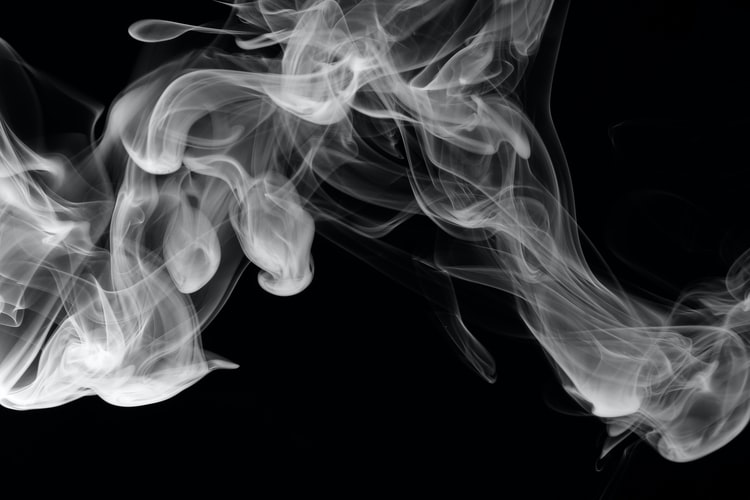Have you ever wondered who was the first person to get high? We’ll probably never know the answer to that question, but cannabis has a very long history of use by various cultures around the globe and was one of the earliest plants to be cultivated in parts of East Asia. Just like today, cannabis was a revered plant in ancient times as well. The entire plant was utilized from the leaves and flowers to the fiber and made into textiles, medicine, cordage, and eaten as a food source. Throughout history, other species of mind-altering plants like opium have played important roles in religious and ritualistic practices such as funerals, however it has been extremely difficult to pinpoint the very first time that cannabis was used in this way.
Where does weed come from?
Researchers have been trying to answer this question for years, but hybridization between domesticated and wild populations throughout time has made the history of pot extremely difficult to follow. We do know that the cannabis plant is native to the foothills of Central and Western China and was as widespread as the Caucuses. These wild cannabis plants favored cooler temperatures and had very low concentrations of THC, so would not have produced psychoactive effects.
Did the ancient Chinese smoke cannabis at funerals?
Recently, there has been a few discoveries in China regarding cannabis use at funerals that have made headlines. First, researchers at the Jiayi cemetery in northwestern China found a preserved cache of cannabis plants in a sealed tomb in 2016. Dating of the plant material places it between 2800 to 2400 years old. The plants were complete and placed neatly on the body as a burial shroud. Cannabis material was also found in other burials within the same cemetery and in at least two other nearby burial areas within central Asia. These ancient cannabis plants that were discovered had no trace of THC and are believed to be very similar to wild hemp. These plants would have been used in ancient times for rope, clothing, or nutrient-rich oil.
Three years later in 2019, an article published in Science Advances announced the discovery of groundbreaking evidence of the earliest use of cannabis for its psychoactive effects and of cannabis inhalation. Despite what most people believe, there was no evidence of chillums or other smoking pipes in China prior to contact with peoples from the Americas. However there are writings by ancient Greek historians regarding the burning and inhalation of hemp oil vapors. At the Jirzankal Cemetery, archaeologists found 10 wooden braziers filled with charred stones that would have been used as incense holders. Nine of the 10 braziers had evidence of burned cannabis material that was sent for testing and came back with abnormally high levels of THC for the time. This level of potency was much higher than the non-existent THC levels found in the cannabis plants in other cemeteries nearby. Since the braziers were associated with burials at the Jirzankal Cemetery that are approximately 2,500 years old, it is believed that ritualistic cannabis use in the form of a drug dates to at least this time if not earlier in the region.
Why did the cannabis plants at Jirzankal have high levels of THC?
Of course, ancient people did not know about chemical compounds or THC, but they did experience various levels of mind-altering effects from different plants of the same species. The presence of THC in the cannabis plants from Jirzankal suggests that ancient cultivators were selecting certain strains within their domesticated plants that would produce desired psychoactive effects. It is also theorized that wild hemp plants were also selected for. There is a relationship between elevation and potency. Wild hemp plants at higher elevations will produce higher concentrations of THC and other naturally occurring chemical compounds. The Jirzankal Cemetery is located at an elevation of 10,000 feet above sea level on the Pamir Plateau in western China. At this location, the ancient Chinese would have had access to more potent hemp plants with higher levels of THC than surrounding areas, which may also be the reason they established the site as a burial area.
The director of paleoethnobotany laboratories at the Max Planck Institute for the Science of Human History, Robert Spengler, who was also an author on the Jirzankal study explains that the Pamir Plateau was a well-traversed crossroads between Central and Southwest Asia. The constant amount of travelers passing through the area could have resulted in accidental or intentional hybridization of various cannabis species from throughout Eurasia. Spengler mentions that, “it’s a wonderful example of how closely intertwined humans are and have been with the biotic world around them, and that they impose evolutionary pressures on the plants around them.”
Is all this talk about ancient cannabis making you want to get blazed? Visit the Everything For 420 online headshop for unique bongs, smoking pipes, vape pens, one hitters, dab rigs, rolling papers, herb grinders, e-rigs, and more.












